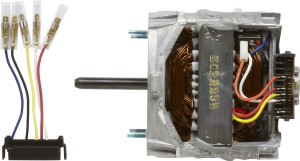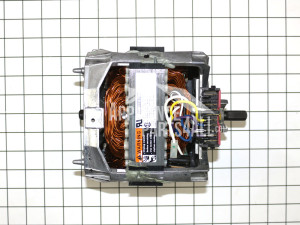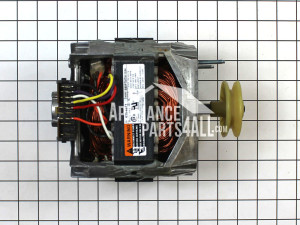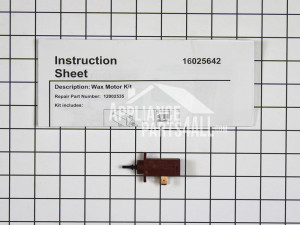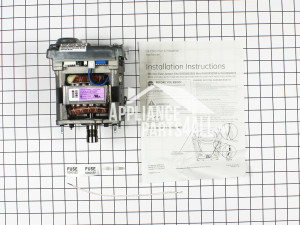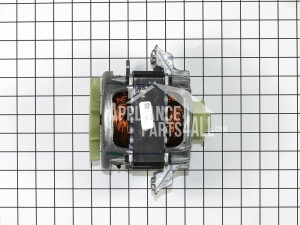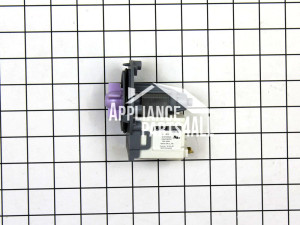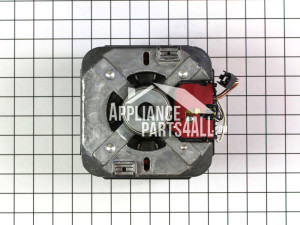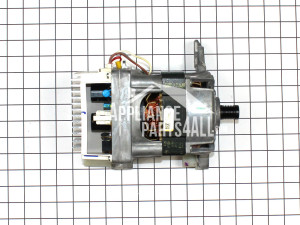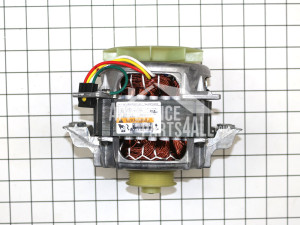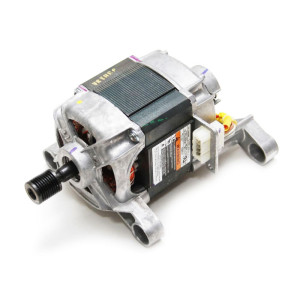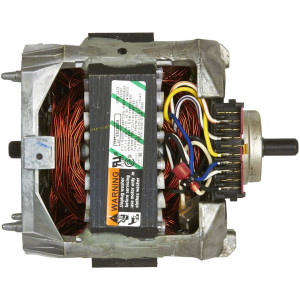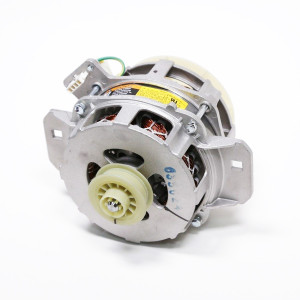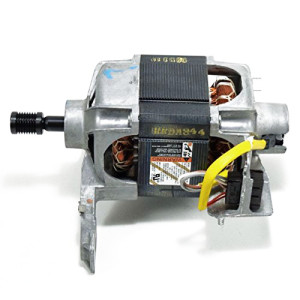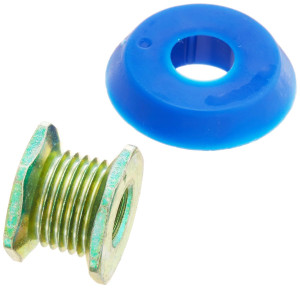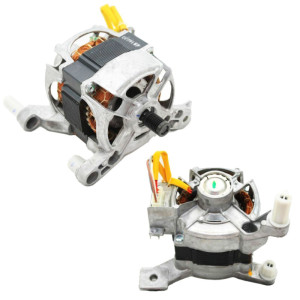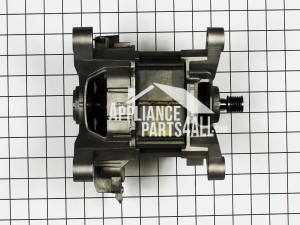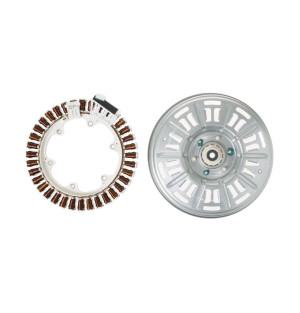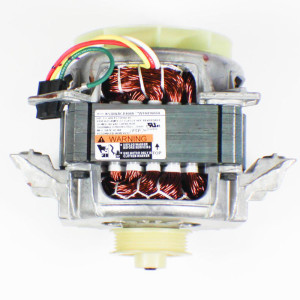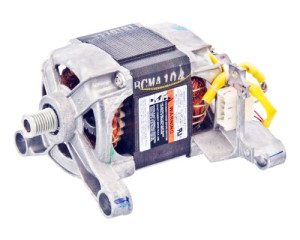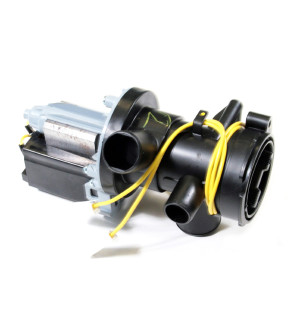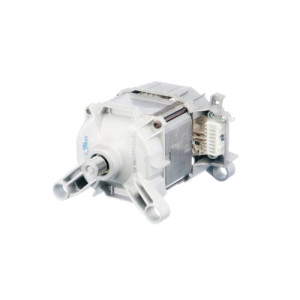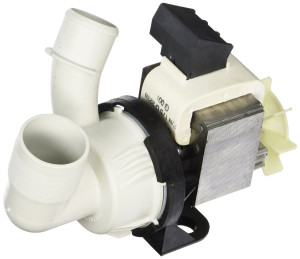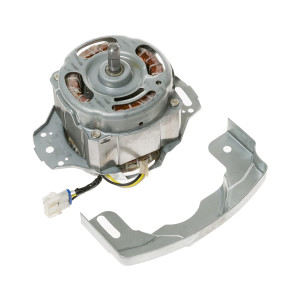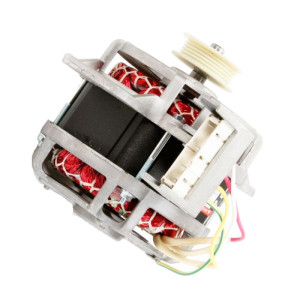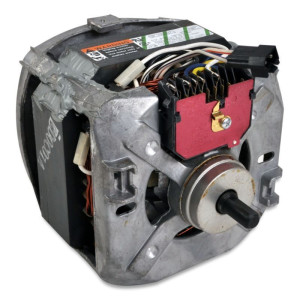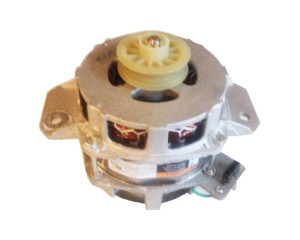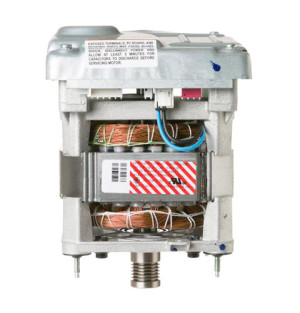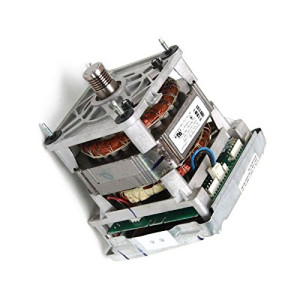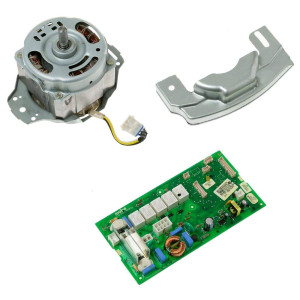- Home
-
Appliance Type
- Dehumidifier Parts & Accessories
- Dishwasher Parts & Accessories
- Dryer Parts & Accessories
- Freezer Parts & Accessories
- Garbage Disposal Parts & Accessories
- Griddle Parts & Accessories
- Hoods Parts & Accessories
- Ice Machine Parts & Accessories
- Microwave Parts & Accessories
- Oven, Range & Stove Parts & Accessories
- Refrigerator Parts & Accessories
- Trash Compactor Parts & Accessories
- Washer Parts & Accessories
- Air Conditioner Parts & Accessories
-
Brand
- Admiral Parts & Accessories
- Amana Parts & Accessories
- Bosch Parts & Accessories
- Caloric Parts & Accessories
- Crosley Parts & Accessories
- Dacor Parts & Accessories
- Dynasty Parts & Accessories
- Electrolux Parts & Accessories
- Estate Parts & Accessories
- Frigidaire Parts & Accessories
- Gaggenau Parts & Accessories
- General Electric Parts & Accessories
- Gibson Parts & Accessories
- Hoover Parts & Accessories
- Jade Parts & Accessories
- Jenn-Air Parts & Accessories
- Julien Parts & Accessories
- Kelvinator Parts & Accessories
- Kenmore-Sears Parts & Accessories
- KitchenAid Parts & Accessories
- LG Parts & Accessories
- Magic Chef Parts & Accessories
- Maytag Parts & Accessories
- Norge Parts & Accessories
- Roper Parts & Accessories
- Samsung Parts & Accessories
- Speed Queen Parts & Accessories
- Tappan Parts & Accessories
- Thermador Parts & Accessories
- Whirlpool Parts & Accessories
- White Westinghouse Parts & Accessories
Washer machine motors
Whirlpool Washer Drive Motor 12002351
Regular Price: $178.00
Compare At: $100.00
You Save: $78.00
Whirlpool Direct Drive Washer Motor WP661600
Regular Price: $227.00
Compare At: $126.00
You Save: $101.00
Whirlpool Motor Assembly WP21001950
Regular Price: $216.00
Compare At: $121.00
You Save: $95.00
Whirlpool Wax Motor Kit 12002535
Regular Price: $11.00
Compare At: $10.00
You Save: $1.00
General Electric Drive Motor WH20X10076
Regular Price: $327.00
Compare At: $282.00
You Save: $45.00
Whirlpool Drive Motor W10836348
Regular Price: $276.00
Compare At: $153.00
You Save: $123.00
LG Circulation Pump Motor EAU61383503
Regular Price: $111.00
Compare At: $86.00
You Save: $25.00
Whirlpool Drive Motor WP8314869
Regular Price: $298.00
Compare At: $259.00
You Save: $39.00
Whirlpool Drive Motor WPW10315848
Regular Price: $437.99
Compare At: $293.99
You Save: $144.00
Whirlpool Washing Machine Motor W10416660
Regular Price: $207.99
Compare At: $130.99
You Save: $77.00
Frigidaire Motor 134638900
Regular Price: $280.00
Compare At: $239.00
You Save: $41.00
Whirlpool Drive Motor WP8529935
Regular Price: $392.00
Compare At: $209.00
You Save: $183.00
Whirlpool Drive Motor WPW10677715
Regular Price: $248.00
Compare At: $138.00
You Save: $110.00
Whirlpool Drive Motor WPW10140583
Regular Price: $374.00
Compare At: $203.00
You Save: $171.00
Whirlpool Motor Pulley W10837625
Regular Price: $68.00
Compare At: $36.00
You Save: $32.00
Whirlpool Drive Motor WPW10171902
Regular Price: $399.00
Compare At: $216.00
You Save: $183.00
Bosch Drive Motor 00145327
Regular Price: $367.00
Compare At: $303.00
You Save: $64.00
General Electric Motor Kit WH49X25041
Regular Price: $283.00
Compare At: $243.00
You Save: $40.00
Whirlpool Drive Motor W10832724
Regular Price: $257.00
Compare At: $140.00
You Save: $117.00
Bosch Drive Motor 00660487
Regular Price: $417.00
Compare At: $359.00
You Save: $58.00
General Electric Drain Pump Assembly WH23X10011
Regular Price: $318.00
Compare At: $185.00
You Save: $133.00
Bosch Drive Motor 00142197
Regular Price: $366.00
Compare At: $303.00
You Save: $63.00
General Electric Drain Pump WH23X10015
Regular Price: $303.00
Compare At: $176.00
You Save: $127.00
General Electric Motor Kit WH49X20495
Regular Price: $215.00
Compare At: $174.00
You Save: $41.00
Whirlpool Drive Motor WP3352287
Regular Price: $411.00
Compare At: $220.00
You Save: $191.00
Whirlpool Drive Motor W11026785
Regular Price: $250.00
Compare At: $135.00
You Save: $115.00
General Electric Motor and Inverter Assembly WH20X20229
Regular Price: $286.00
Compare At: $246.00
You Save: $40.00
General Electric Drive Motor and Inverter Assembly WH20X10093
Regular Price: $320.00
Compare At: $225.00
You Save: $95.00
General Electric Motor & Control Board Kit WH49X25738
Regular Price: $408.00
Compare At: $359.00
You Save: $49.00
Washer Machine Motors: The Engine of Clean Laundry
Washers are tireless workers of daily routines that transform dirty clothes into sparkling garments. At the heart of this device lies a crucial component: the motor. Without it, your washer would be nothing more than a metal shell filled with soapy water.
The Importance of The Device’s Heartbeat
The washing machine motor acts as the device’s heart, ensuring a smooth operation. Its primary role is to rotate the washing drum and facilitate the cleaning process. But the motor's influence extends far beyond simply spinning the drum. It also powers the inlet valve, drain pump, and other components.
Essentially, the washing machine drive motor brings the device to life, like the mystery guy from the Evanescence song. The condition of this component directly affects washing efficiency, spin speed, and even power bills.
A stronger motor generates higher agitation, leading to cleaner clothes. Faster spin cycles extract more water, resulting in quicker drying times and lowering power and water bills.
Common Symptoms of a Failing Washer Motor
Just like any hardworking engine, it deteriorates over time. Recognizing failing indicators in time can help you diagnose potential problems early. Here are some common symptoms of a failing washer drive motor:
- The machine refuses to start. The obvious sign indicates the motor isn't receiving enough power.
- Suspicious noises. Grinding or loud humming sounds often point to internal motor issues.
- Weak agitation. Reduced drum movement indicates a struggling motor unable to generate sufficient power.
- Burning smell. This symptom suggests internal damage or overheating.
If you experience these symptoms, you must stop the machine and seek expert help. Trying to force a failing motor can lead to further damage and costly repairs.
Why You Should Use Genuine Washer Drive Motor
When it comes to replacing a faulty motor, you should pick the proper option. While generic or aftermarket options seem tempting for their lower price point, genuine washer motor offers many advantages:
- Guaranteed compatibility. Authentic motors perfectly fit the device. Generic components can lead to compatibility issues.
- Optimal performance. It guarantees your machine operates at its full potential.
- Long lifespan. Authentic motors are tested to meet stringent safety standards, leading to a longer lifespan and fewer repair hassles.
- Warranty protection. Choosing authentic washing machine motors ensures your appliance's warranty remains valid, protecting you from unexpected repair costs caused by non-approved parts.
Maintenance and Tips for Extending Motor Lifespan
Like you take care of your car to ensure smooth rides, properly caring for your washing machine motor can extend its lifespan and keep your laundry days worry-free. First of all, avoid overloading. Overstuffing the drum strains the motor, leading to excessive wear and tear. Stick to the manufacturer's recommended load capacity for optimal performance and motor longevity.
Keep track of detergent dosage. Using too much detergent can create excessive suds, causing the motor to work harder. Regularly clean the drawers and drain filter to prevent debris buildup.
Pay attention to suspicious noises or vibrations during operation. These could indicate potential issues that, if addressed early, can prevent bigger problems. Schedule regular maintenance checks with a local technician, especially for older machines.
Replacing The Motor for the Washing Machine
This action can breathe new life into the device if your trusty motor is older than 6-8 years. While the process might seem daunting, it's manageable with the proper guidance:
- Identify the proper spare part. Open the user’s manual to find the device model number. Install the motor made for this washer model.
- Put the safety first. Always unplug the washing machine from the power and water.
- Gather your tools and clean the workplace. Depending on your washer, you'll likely need wrenches, screwdrivers, and pliers.
- Disconnect and remove details. Remove the device’s walls and take photos of inside connections. Carefully disconnect hoses, wires, and any components attached to the existing motor.
- Unbolt and extract. Locate the motor mounting bolts and remove them. Lower the motor and pull it out of the machine.
- Position and secure. Place the new motor in position, aligning it with the mounting points. Secure it with the bolts, remembering to tighten them gradually and evenly.
- Reconnect and reassemble. Follow the user’s manual or your notes to reconnect all hoses, wires, and components you previously disconnected.
- Launch the test run. Plug the machine back in and run a short test cycle to ensure everything functions properly.
If your machine has a complex design or you are unsure about any step, contact the local technician. They have the expertise and tools to handle the job safely and efficiently, ensuring your washing machine is back in action with a brand-new heart.
Selecting the Perfect Motor Washer
You should know the device’s model and serial number to find the perfect match. You can find it on a sticker or metal plate inside the machine. Even the same model can have different parts; knowing the device's serial number is vital to identifying the perfect combo.
Manufacturer recommendations are your golden ticket. If you need clarification on any aspect of selecting a suitable motor, feel free to contact a qualified appliance technician. Text or call us to get professional help.
Why Choose ApplianceParts4All for Washer Motors
Finding a reliable supplier is another crucial factor. ApplianceParts4All stands out as a one-stop shop for all your washer motor needs. We provide you with hundreds of authentic parts. You don’t need to wait for weeks like many other retailers.
We have multiple warehouses throughout the U.S., so we already have each displayed item. You can pick a desirable shipping option to get the needed part immediately.
Our team can always answer your questions and guide you through selection. Whether you need help identifying the right part or installation advice, they're there to support you.
Safety Precautions When Installing a New Motor
Put your safety as the priority! We remind you one more time to unplug the device from the power and water supply. Double-check compatibility by verifying the part number and specifications on your user manual. Installing an incompatible motor can cause damage or even safety hazards.
Consult your user manual or online instructions for the specific steps to replace your motor. Each model might have unique procedures, and following them ensures a safe and successful installation. Once the motor is in place, tighten all bolts and connections securely. Loose connections can compromise performance and even lead to electrical hazards.
Test run with caution. Before declaring victory, run a short test cycle with the machine plugged back in. Listen for unusual noises or vibrations, and stop immediately if anything seems amiss.
Wrapping Up
The humble washing machine motor, often hidden behind the drum, is crucial to your appliance's efficient and long-lasting operation. Choosing a suitable motor and adequately caring for it can significantly impact your laundry experience.
Remember, investing in a genuine motor is your peace of mind. These motors are designed and tested for your machine, ensuring optimal performance, longevity, and safety. With the proper care and attention, your washing machine motor will keep your laundry sparkling clean for years, freeing you to focus on the things that matter.

